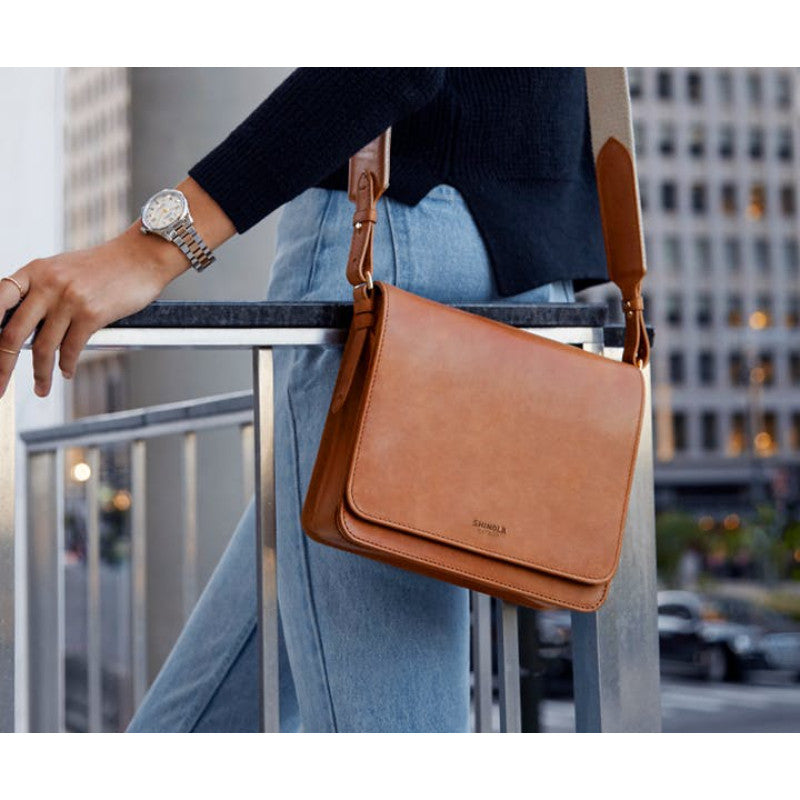Quiet Luxury: The rise of understated elegance in a world of excess

Pop culture and the media are constantly bombarding us with flashy images and celebrity endorsements, it's no surprise that many people are starting to look for something different. Enter quiet luxury, a concept that emphasizes refined taste, understated elegance, and the appreciation of craftsmanship over ostentatious displays of wealth. We've explored how quiet luxury has emerged as a reaction to pop culture and the current economic climate, and how brands outside of the top luxury pricing tier are benefitting from this shift in consumer preferences.
The Reaction to Pop Culture and the Current Economic Climate
Pop culture has always played a significant role in shaping our perception of luxury. Social media influencers, celebrities, and reality TV stars often showcase their extravagant lifestyles, complete with designer clothes, flashy cars, and opulent mansions. But as the world continues to grapple with economic uncertainty and growing income inequality, a backlash against these overt displays of wealth is brewing.
In this new era, a growing number of consumers are seeking out more subtle and sustainable ways to express their affluence. Quiet luxury is a response to this cultural shift, with people increasingly valuing experiences, craftsmanship, and authenticity over logos and conspicuous consumption. As the economy continues to fluctuate, people are becoming more discerning with their purchases, choosing to invest in high-quality, long-lasting items rather than disposable, trendy pieces.
The Emergence of "Affordable Luxury" Brands
As quiet luxury gains traction, brands outside of the traditional luxury pricing tier are starting to benefit. These so-called "affordable luxury" brands offer high-quality products and craftsmanship at a more accessible price point, and consumers are taking notice.
These brands prioritize timeless, versatile design and excellent customer service, allowing them to appeal to a broader audience. Some examples of affordable luxury brands include Everlane, Cuyana, and Reformation, which have each carved out a niche in the market by offering well-made, ethically produced, and stylish products without the hefty price tags often associated with luxury brands.
The Appeal of Staple Pieces and Sustainability
In the era of quiet luxury, consumers are placing more importance on the value and longevity of the items they purchase. This has led to a resurgence in the popularity of staple pieces—high-quality, versatile items that can be worn for years to come. Staple pieces such as a classic trench coat, a well-tailored blazer, or a pair of comfortable, durable shoes are seen as smart investments in a world where disposable fast fashion has become increasingly unsustainable.
Quiet luxury also places a heavy emphasis on sustainability and ethical production practices. Consumers are becoming more aware of the environmental and social impacts of their purchases, and brands that prioritize sustainable practices are well-positioned to benefit from this growing trend.
Quiet luxury represents a significant shift in consumer preferences, as people increasingly seek out understated elegance, sustainability, and craftsmanship over conspicuous displays of wealth. As a reaction to pop culture and the current economic climate, this trend is changing the landscape of the luxury market, allowing more affordable and sustainable brands to flourish. Ultimately, quiet luxury is not just about buying less, but about buying better—investing in pieces that have a lasting value and a positive impact on the world around us.



